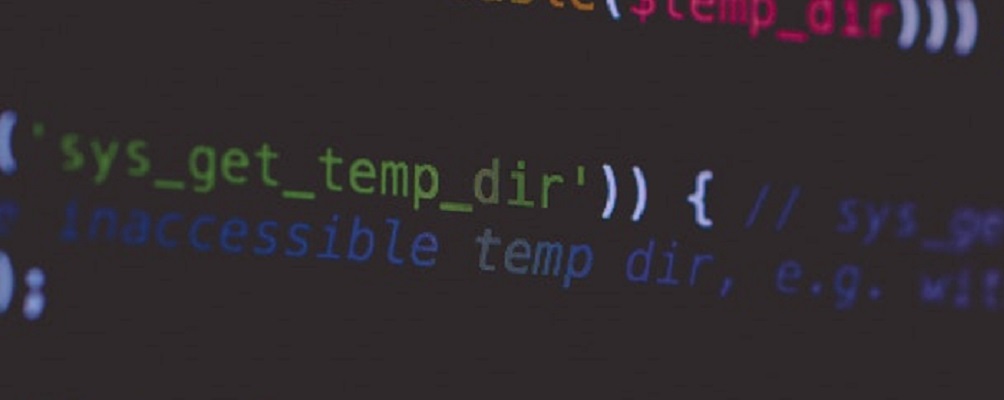
Four Things to Keep Your Data Secure
One of the most pressing issues in business today is the rapidly changing state of cyber security. A brief glance at the headlines featured in the technology section of any major publication should be enough to underscore the legitimate danger posed by hackers, scammers, and digital thieves.
Over the past decade, high profile cyber attacks on corporate giants like Sony and Target have lead to the widespread exposure of millions and millions of private customer, corporate, and employee passwords and other critical account information. The Sony hack lead to the theft of countless identities, and Target’s failure to properly implement data security protocols resulted in a hack that cost the CEO his job, and that company tens of millions of dollars in revenue.
It’s difficult to overstate this threat, and so today we’ll be exploring four practical ways to keep your employees and their information safe from cyber-attack.
One: Sharing Passwords
One of the most common ways hackers break into an organization’s private networks is through stealing employee passwords. Stealing a password is a little like stealing a key; once the thief has the key there is very little their victims can do to stop them from taking what they want.
Hackers can get passwords off of devices left unattended on a coffee shop table, or they can take them through “phishing” scams meant to gather enough personal information about the employee to guide the hacker through a system’s automatic password reconfiguration feature. When a hacker is in a position to actually replace a password, they can even lockout other users–including system administrators.
Two: Reusing Passwords
Likewise, another common method of stealing sensitive work-related passwords is to target and take passwords associated with a person’s “less important” private accounts.. Because so many people repeat the same passwords across different devices and accounts, savvy thieves know that a seemingly worthless Instagram password may also be a duplicate of the one their target uses at work–thus it’s absolutely vital that employees keep their business and personal passwords entirely separate.
Three: Using Personal Devices For Business
Most individuals don’t protect their data to the degree that a business might. Hackers know this, and exploit it. Certain malware can be surreptitiously installed on a personal device in a way that is totally hidden, then, once the device connects to your organization’s network, that malware can use this connection to infect other, non-personal, computers.
Four: Using Business Devices For Personal Use
Finally, and in a scenario that is unfortunately quite common, hackers may also gain access to a company’s private files via business devices that have been used for personal purposes while at work. By opening non-secure emails, or visiting non-secure websites, or downloading unauthorized programs, the employee that uses their work device for personal business is actually exposing their employer to significant threat.
Finally, the only way to avoid these and related problems is to implement a thorough internet protocol in your work-space. And while employees may grumble at first, policing technology in the workplace can save your organization a great deal of money, and headache, by making your data as difficult to steal as possible. You wouldn’t leave a pile of money sitting on the front porch–don’t treat your data this way, either.
